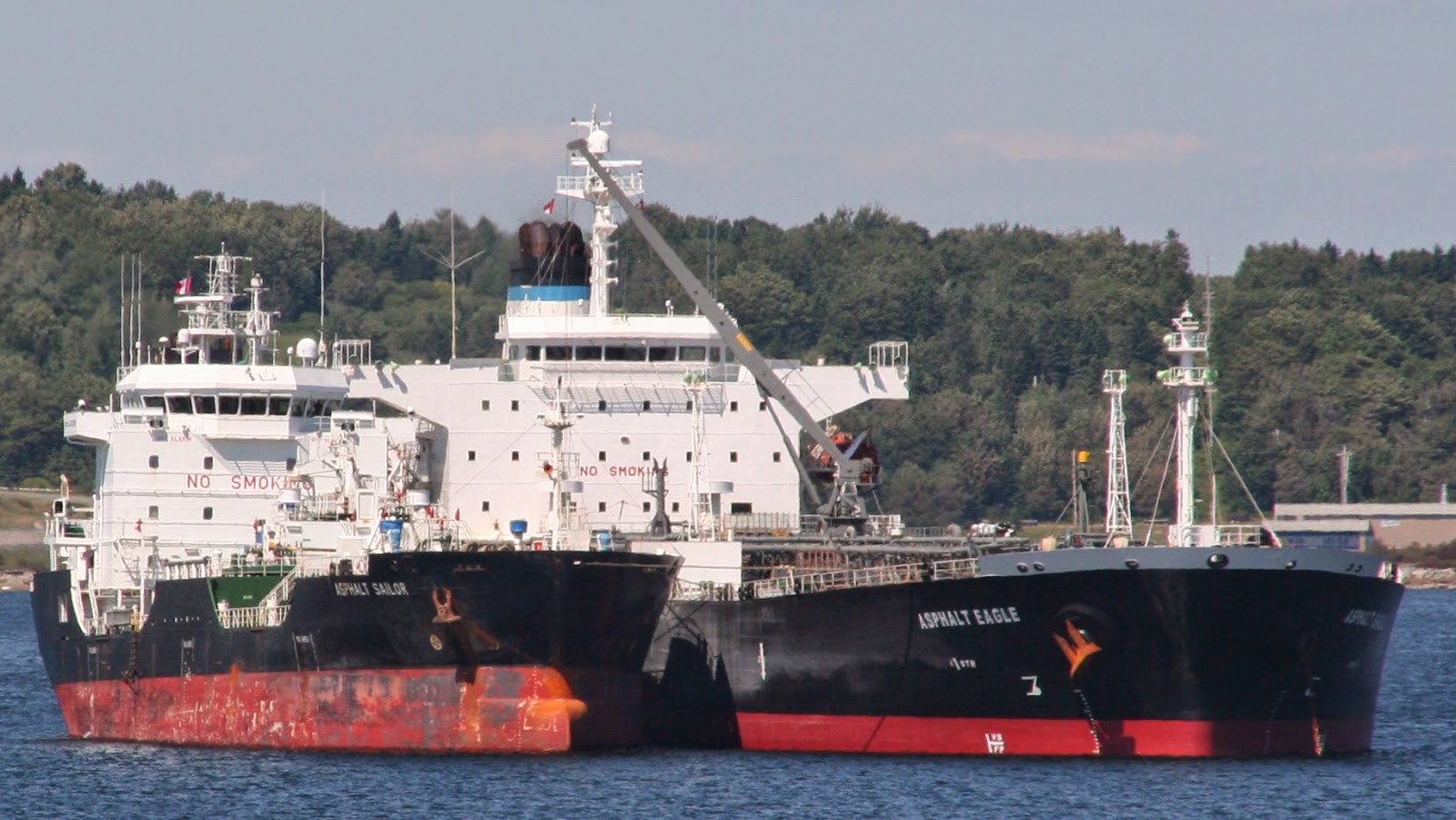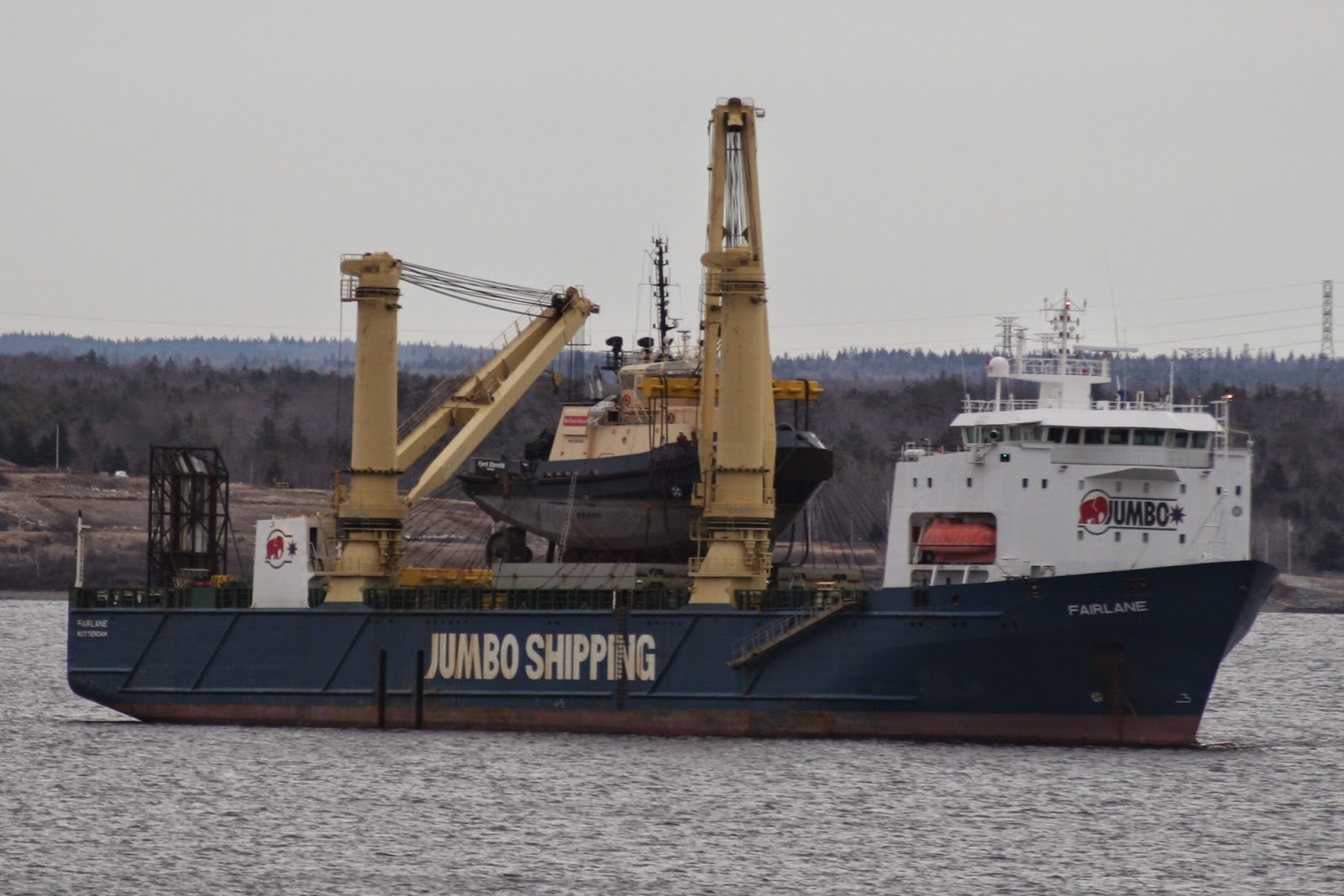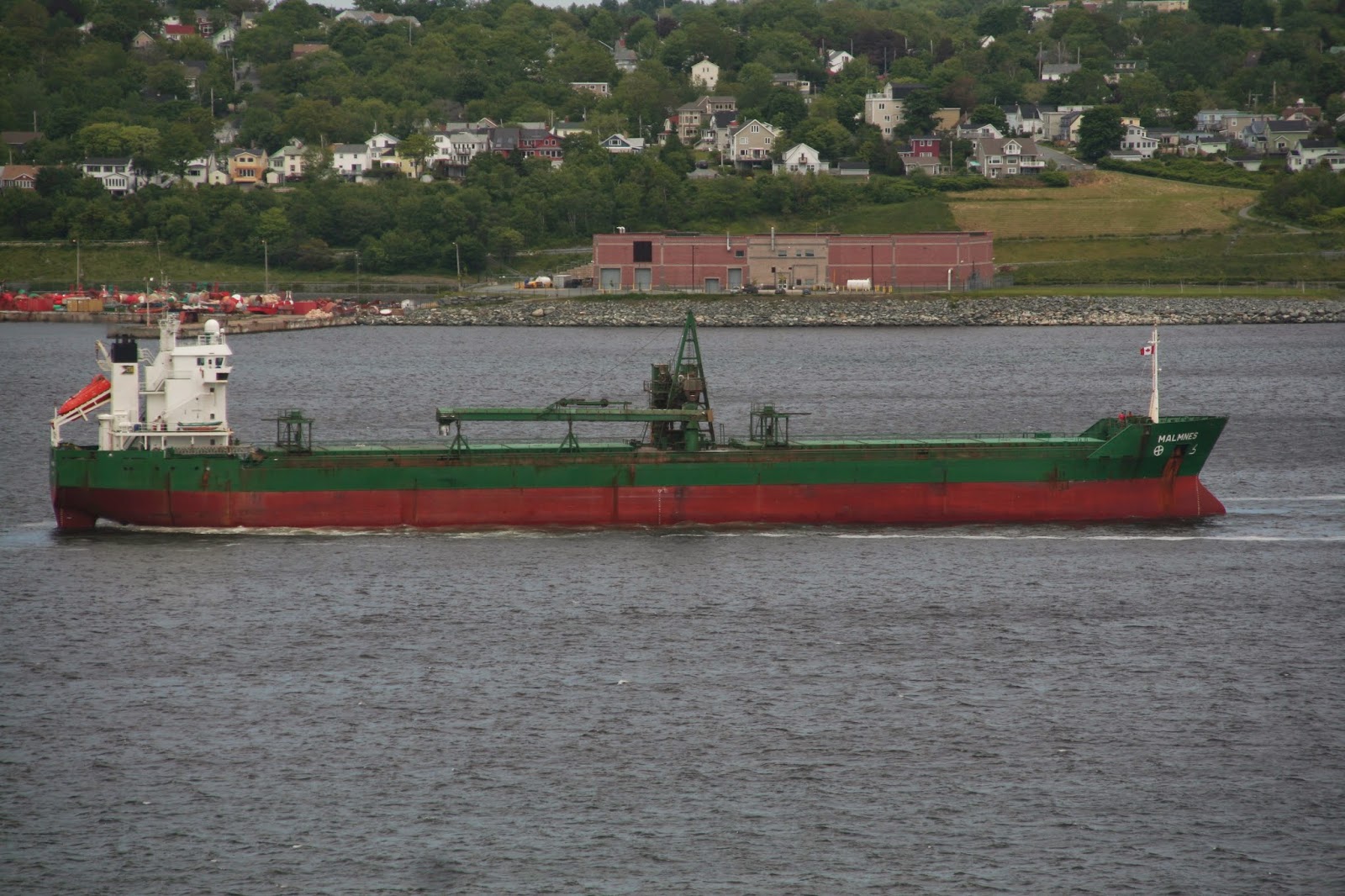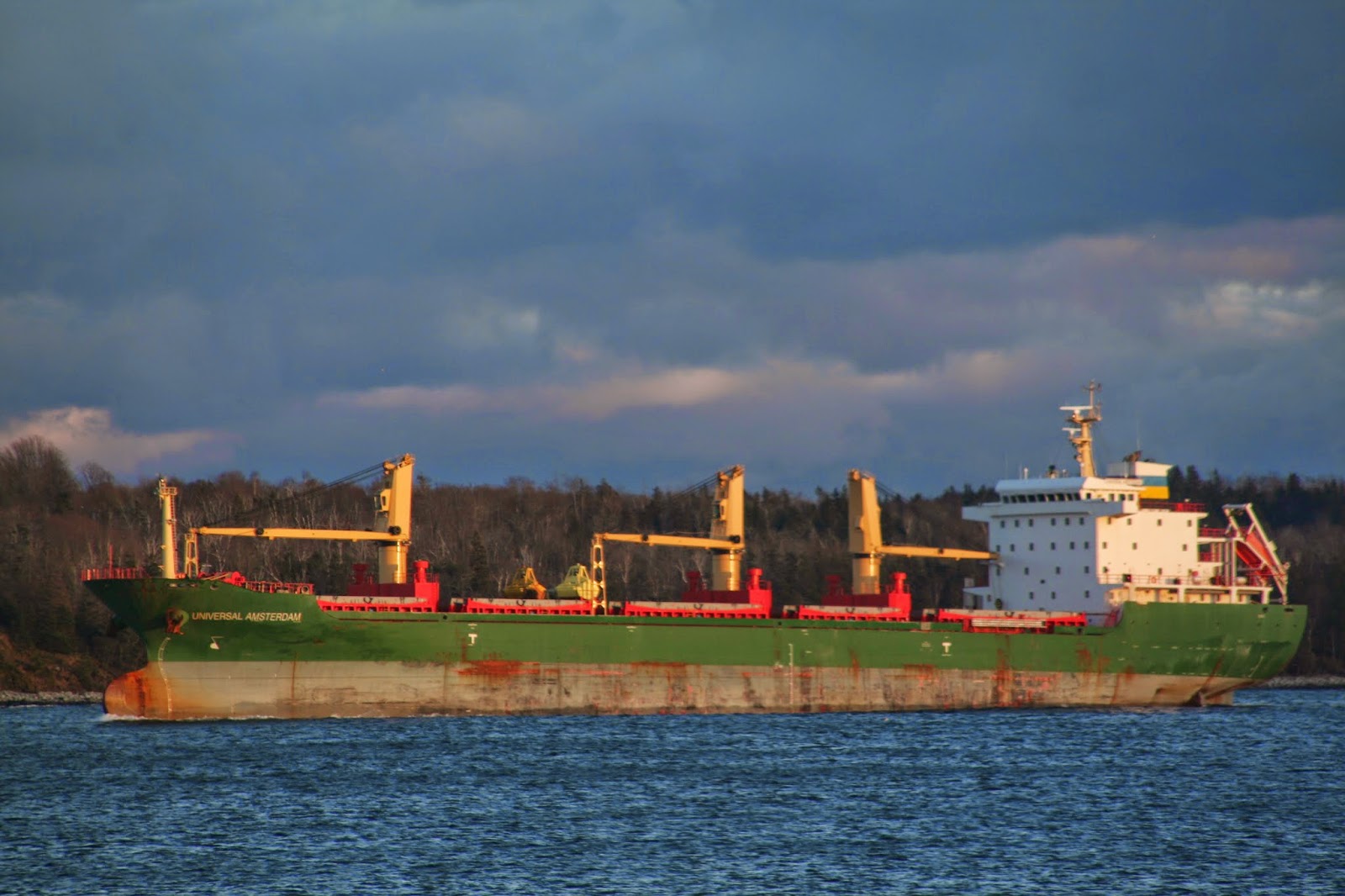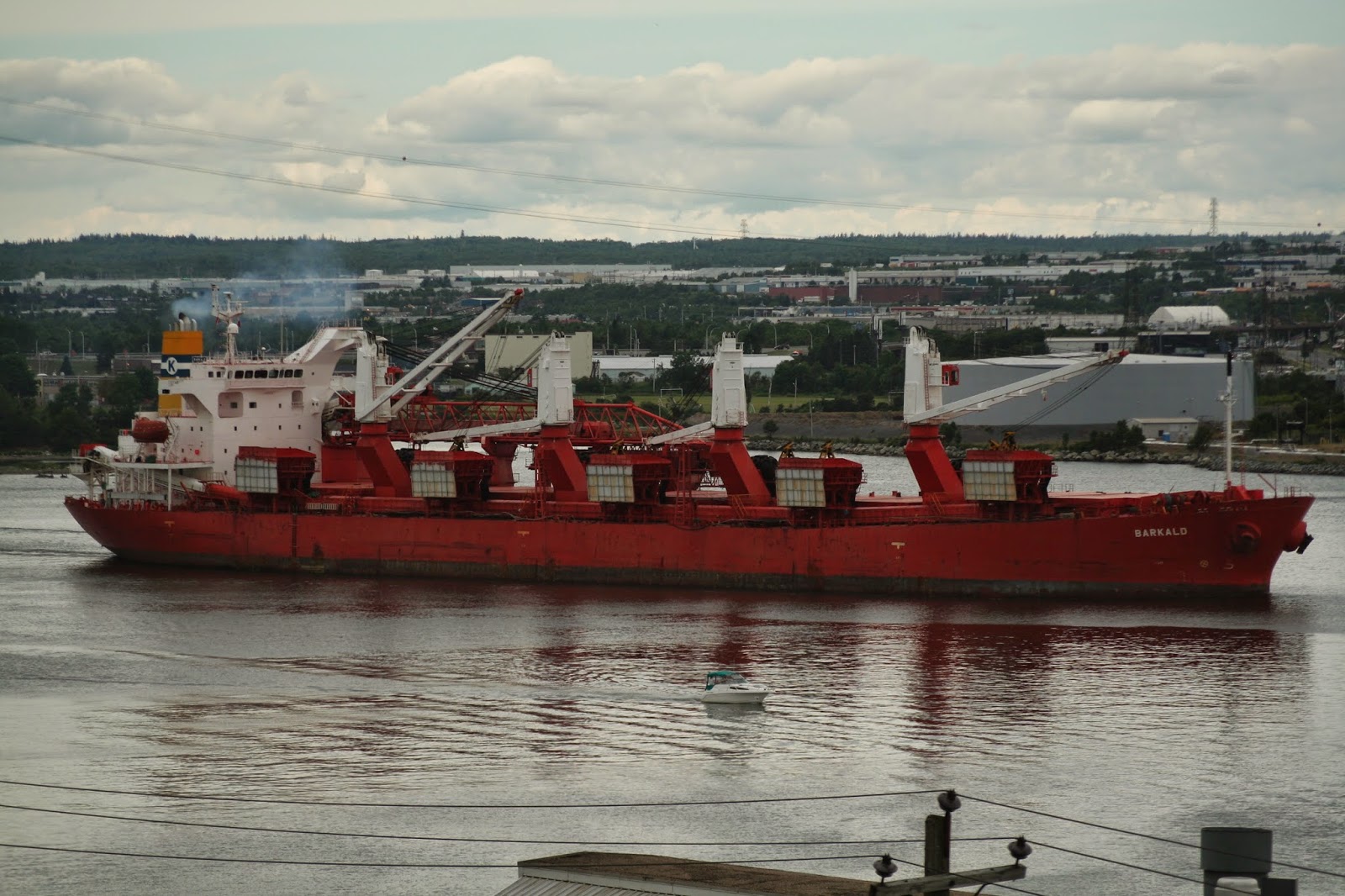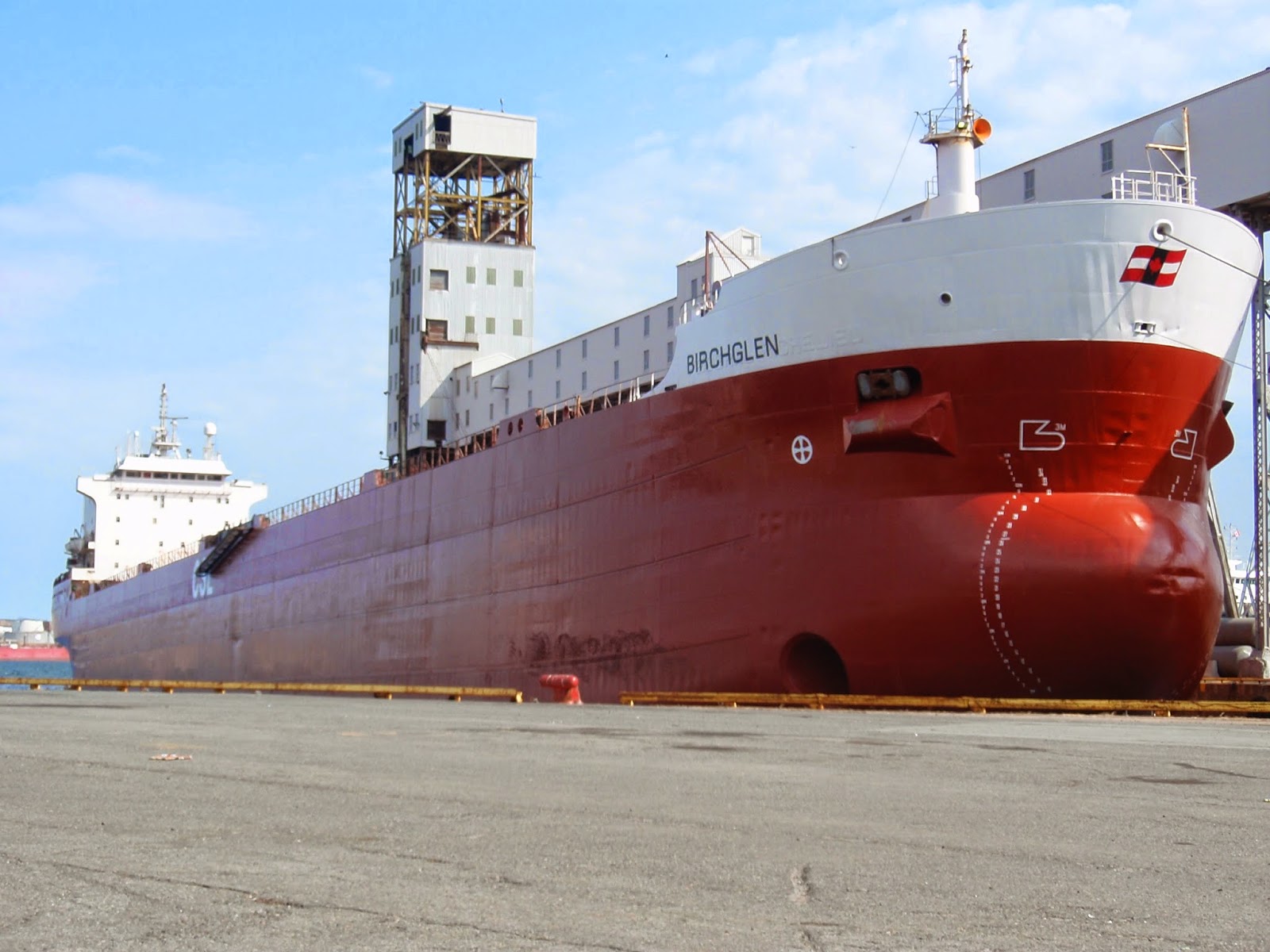As a Followup to the news that the NovaDock at Halifax Shipyards needs to be replaced, i was asked a few questions about the NovaDock and the Scotia Dock II. this post should clarify things.
The Scotia Dock II was built in 1964 by Canadian Vickers Ltd for use in their shipyard in Montreal. Named General Georges P. Vanier, the dock became redundant when VersatileVickers closed down. It spent some time at Davie in Quebec, Before it was sold to Halifax Shipyards in 1998. It was towed to Halifax, Refurbished, and put into service. The original Scotiadock, was built in 1933 as Prins Hendrik Dok No.4in Rotterdam, and acquired and rebuilt by the shipyard in 1979.
The Scotia Dock II Sunk in May 2010 while submerged to dock the Stvens breaker for inspection. Her registry was finally closed on June 22 2010 and the Scotia Dock II sold to Southern Recycling, a metal recycler on the Gulf of Mexico for Scraping. The shipyard announced at that time they would be replacing it.
(Above) Scotia Dock Just after sinking (left) About a month after sinking, Still on the bottom and (Below) being toed to the scrapper.
The Nova Dock, Was the Larger of the 2 Docks. built as a Pananmax dock, it could handle any vessel that can fit through the panama canal. Considerably newer, it was built in 1982 for MIL Industries in Sorel Quebec. I am unsure of when Halifax Shipyards picked it up, However shipbuildinghistory.com indicates that she was built for Halifax Shipyard, and it appears her registry from 1984 never had a name change. the Sorel MIL yard was closed in 1986, shortly after they merged with Davie, which resulted in the closure of the Vickers yard in Montreal and the MIL yard in Sorel, leaving only Davie.
The NovaDock was Repaired following a
Collision with HMCS Preserver in November 2011 that left an above the waterline gash, and some damaged stairs in her. She was repaired, but post Scotia Dock II sinking likely subject to more scrutiny. I have been told that her inner compartments are corroded, and extensive work would be needed to refurbish her – the cost being prohibitive, it was decided to simply replace her.
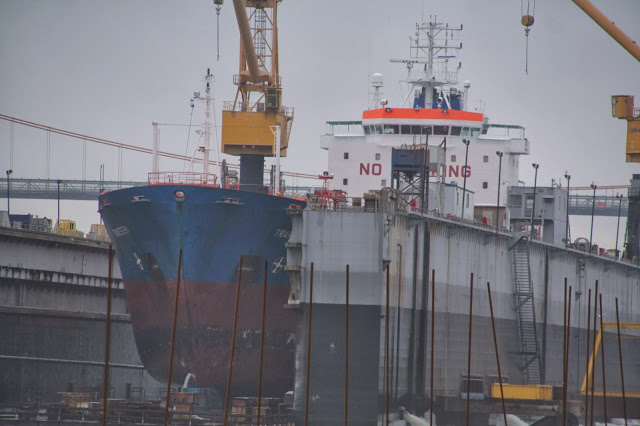
As best as I can tell, the last vessel to be Docked in the NovaDock was the Tanker Havelstern (left) which emerged from the Dock in February of 2014. Since then, The Blue Putties had work done in Boston, and the CCGS Louis St Laurent was refit at Davie in Quebec – Both these are regular clients of the NovaDock. I have also been told that the unavailability of the dock has been responsible for layoffs due to lack of work.
UPDATE: Mac over at Shipfax shed a bit more light on the ownership situation. The NovaDock was in fact built for the Province of Nova Scotia, with the intention of improving business at the yard (When Halifax Shipyard was owned by the Government.) The Provence apparently retained ownership of the dock, however, In February 2013 a waterlot was transferred from the Province to the shipyard for $95,000. that lot was leased by the yard since 1982 (when the Novadock was built) for 1$/year and taken up by Irving when they bought the yard from the province in 1994. Taking ownership of this waterlot was considered a critical part of the NSPS. in light of all this, it appears that the province transferred ownership of the Novadock at that time, and it was likely sold as part of the waterlot.

